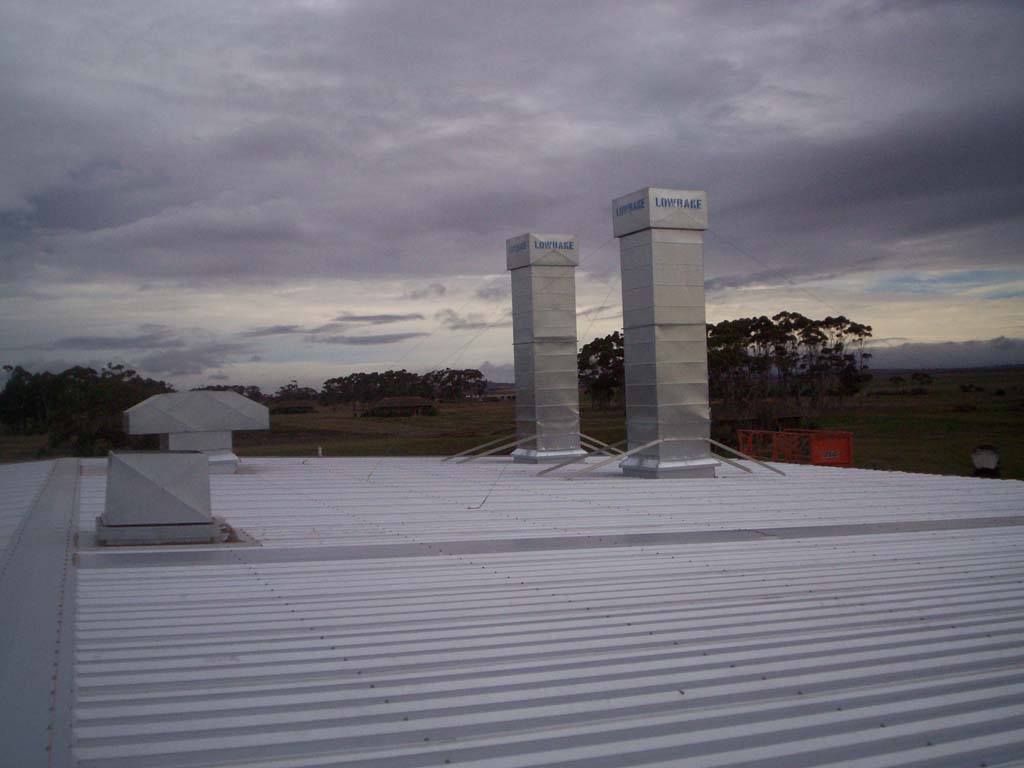Roof Penetration Flashing in Commercial Buildings: Key Considerations
20 September 2023
Uncover key factors for roof penetration flashing in commercial buildings. Offered by Redrock Contracting, ensure watertight integrity. Call us on 0499 002 771.
When it comes to commercial buildings, the roof plays a pivotal role in defending their interiors against the elements. As long as it is properly sealed and protected, owners or managers of these buildings can prevent their assets from getting damaged. One thing that can help the roof carry out this function is roof penetration flashing since it seals and protects the areas where roof openings or protrusions occur. These openings or protrusions are known as roof penetrations, which accommodate vents, pipes, skylights, chimneys, or HVAC systems.
These penetrations, if not properly sealed, can generate points of vulnerability for water leakage. But before adding roof penetration flashing in your commercial building, here are some factors you need to consider first.
Flashing Material
Selecting the right flashing material is vital for long-lasting performance. Some materials used in commercial roof penetration flashing include metal (aluminium, copper, or stainless steel), thermoplastic (such as PVC or TPO), and rubberised asphalt. Each material has its unique benefits and qualities like durability, compatibility with the roof system, and resistance to UV rays and extreme weather conditions, which must be considered heavily to match your needs.
Customised Design
Commercial buildings often have a diverse range of roof penetrations, each requiring a custom flashing design. You should always work with experienced roofing professionals who can assess each penetration’s specifications and generate a tailored flashing solution. Customised flashing design, after all, guarantees your building a proper fit, adequate coverage, and effective water diversion, which reduces the risk of leaks.
Compatibility
Roof penetration flashing should be compatible with your roofing system in place. Different roofing materials require specific flashing techniques and materials to safeguard a seamless integration. For example, a single-ply membrane roof may require heat-welded or adhesive-based flashing, while a metal roof may use soldered or mechanically fastened flashing. Ensuring compatibility between the flashing and your roofing system can help maintain your commercial building performance.
Code Compliance
Adhering to local building codes and regulations is a fundamental consideration when it comes to roof penetration flashing in your commercial building. Building codes provide guidelines on proper flashing installation, material requirements, fire resistance, and structural integrity. When you work with professionals, you can ensure compliance and avoid potential legal and safety issues since they already have a thorough understanding of these codes.
Maintenance and Inspections
Once the roof penetration flashing is installed, establishing a regular maintenance and inspection schedule is necessary. Your commercial building may experience wear and tear over time, and regular inspections can identify any potential issues with the flashing, such as cracks, gaps, or deterioration. Prompt repairs or replacements from professionals can prevent water intrusion and costly damage to your building’s interior.
Roof penetration flashing is a crucial aspect of maintaining a watertight and durable roof system in commercial buildings. Considering these factors and elements and working with experienced roofing professionals can help you safeguard your investments. You can also expect a commercial building with long-lasting roof performance.
Optimized by: Netwizard SEO

